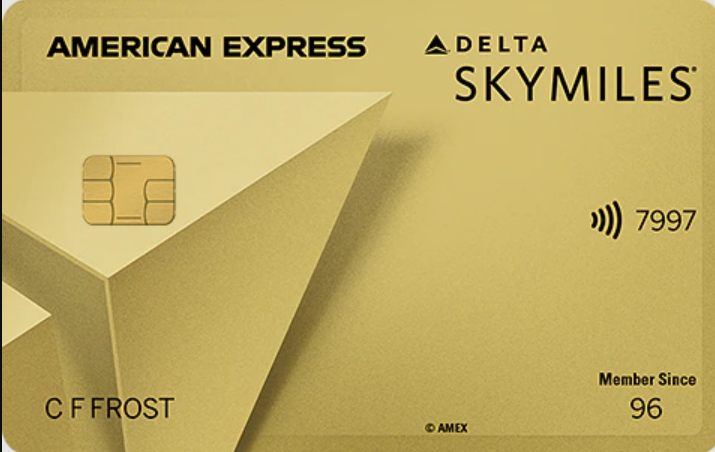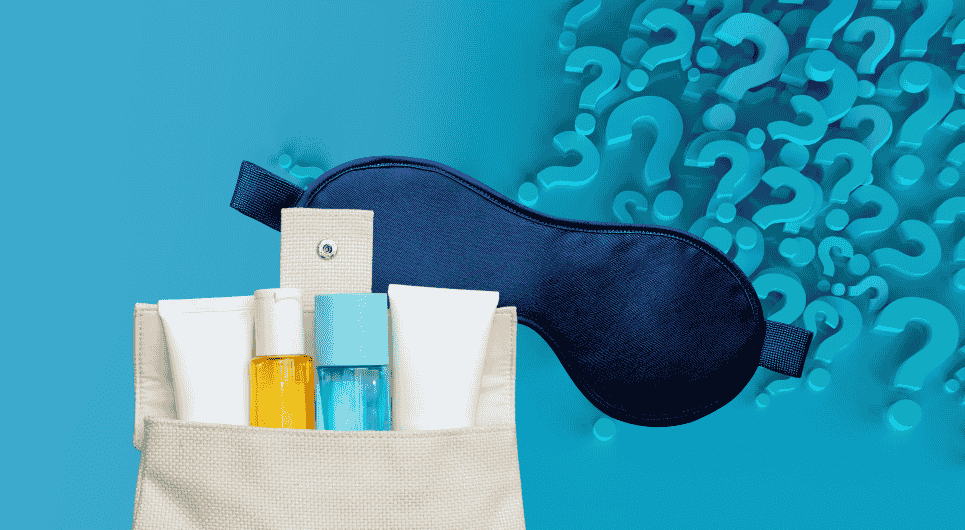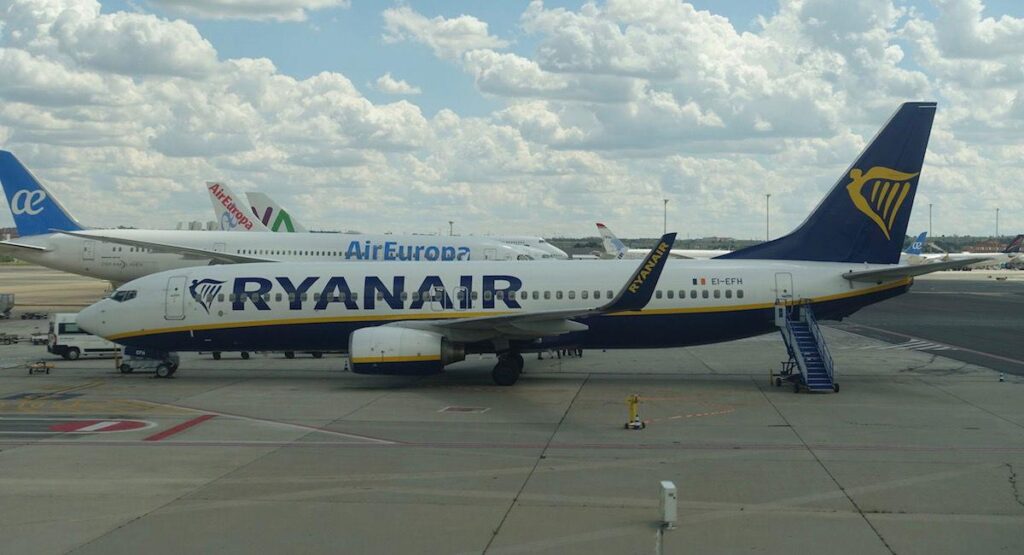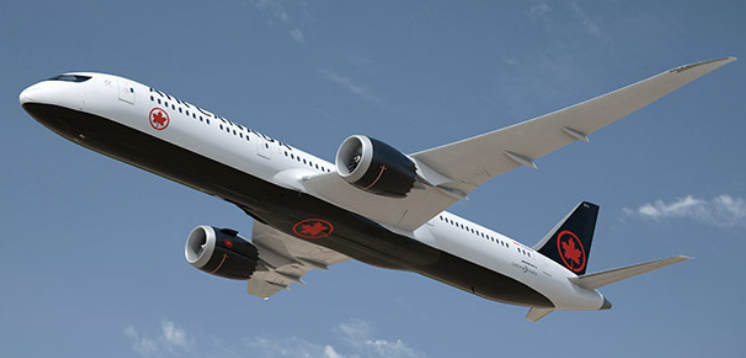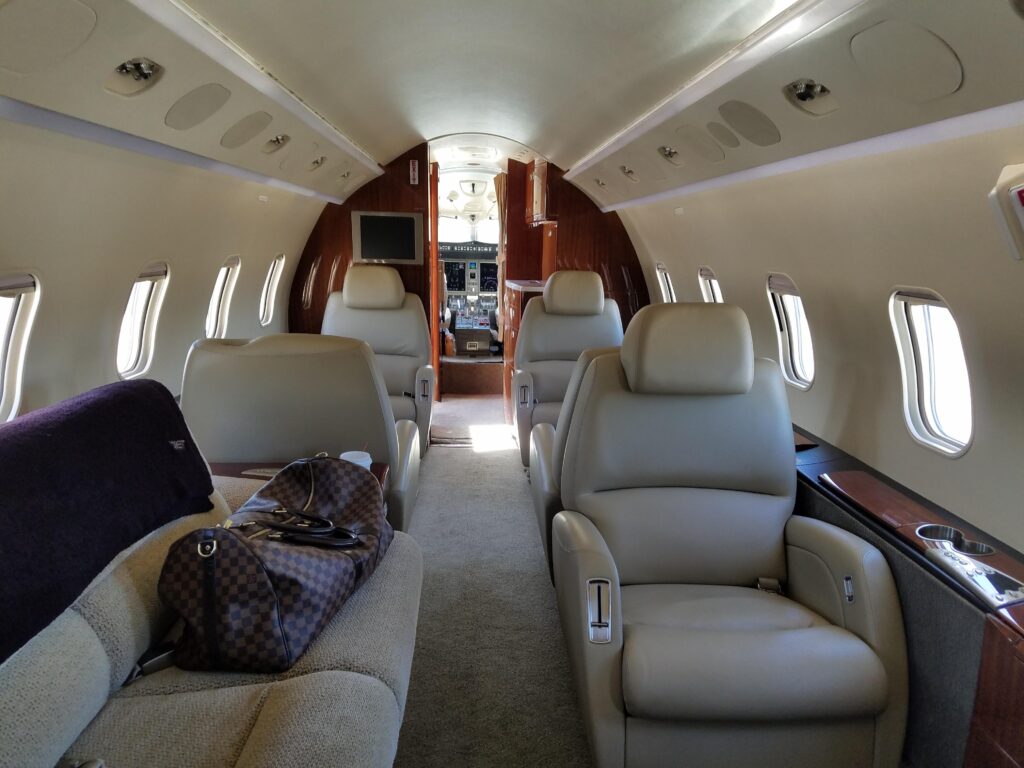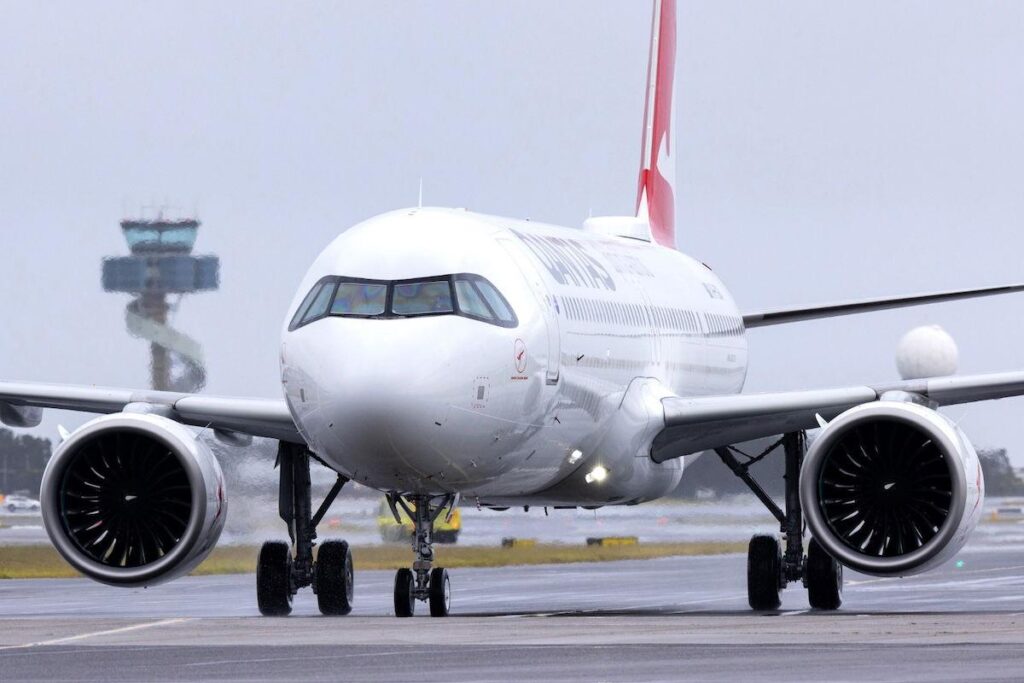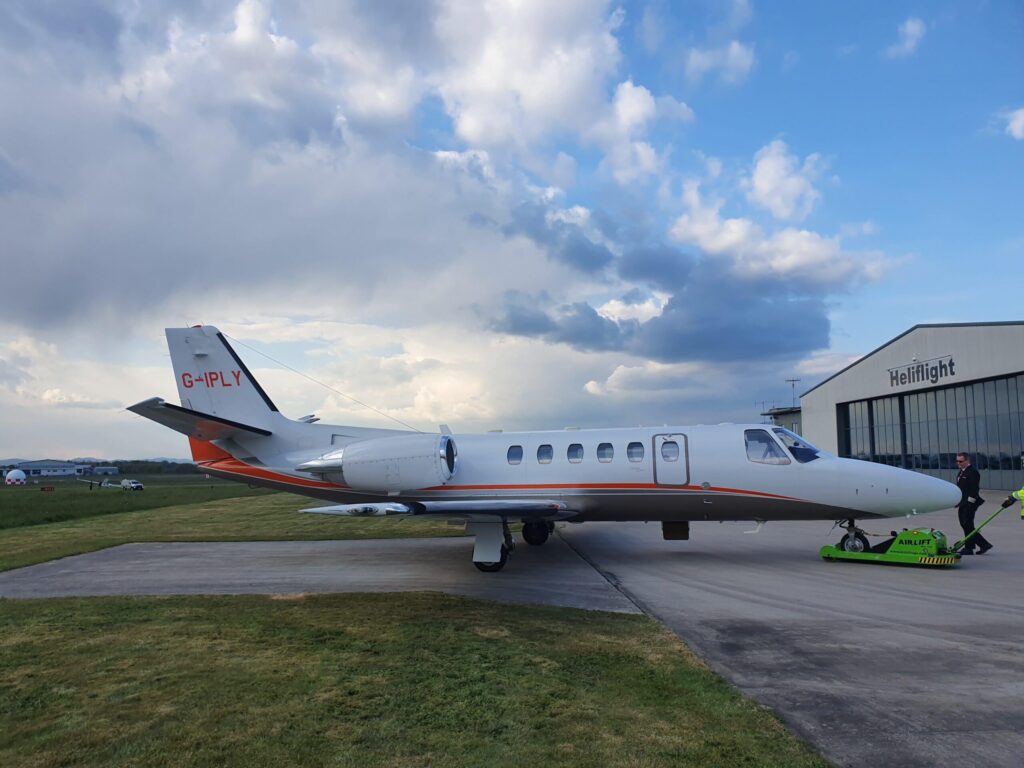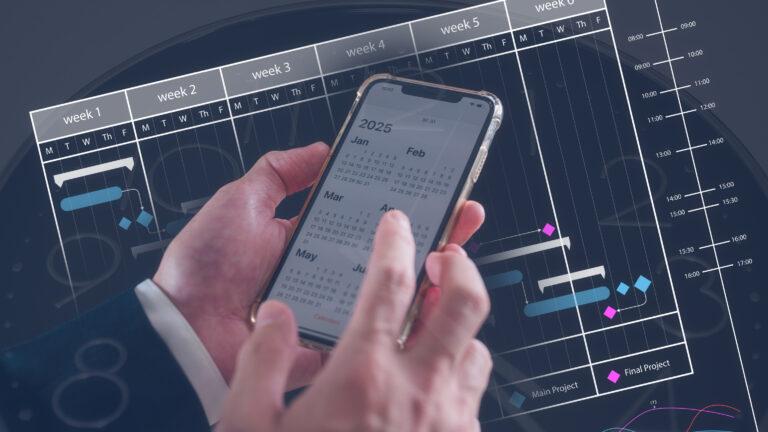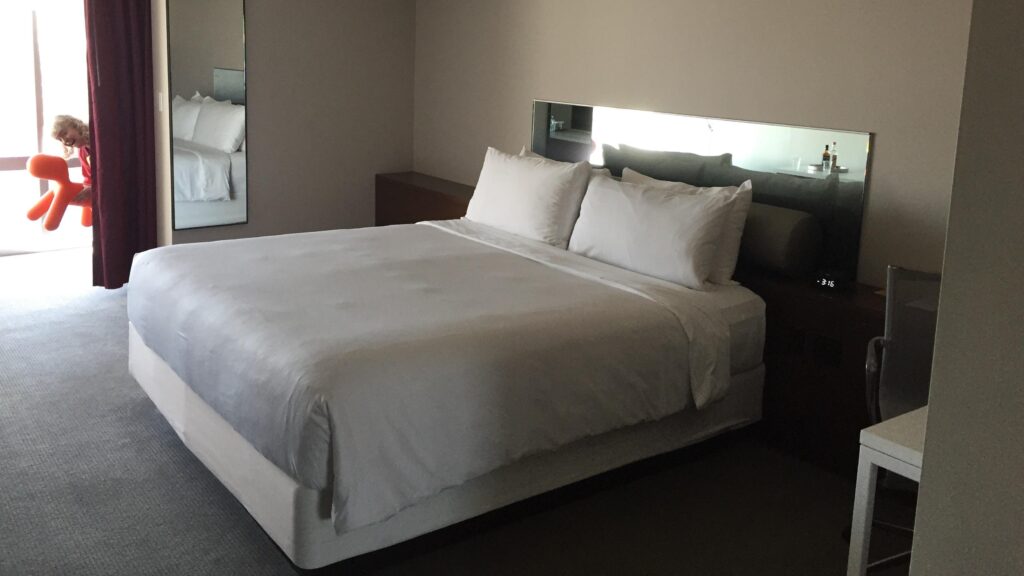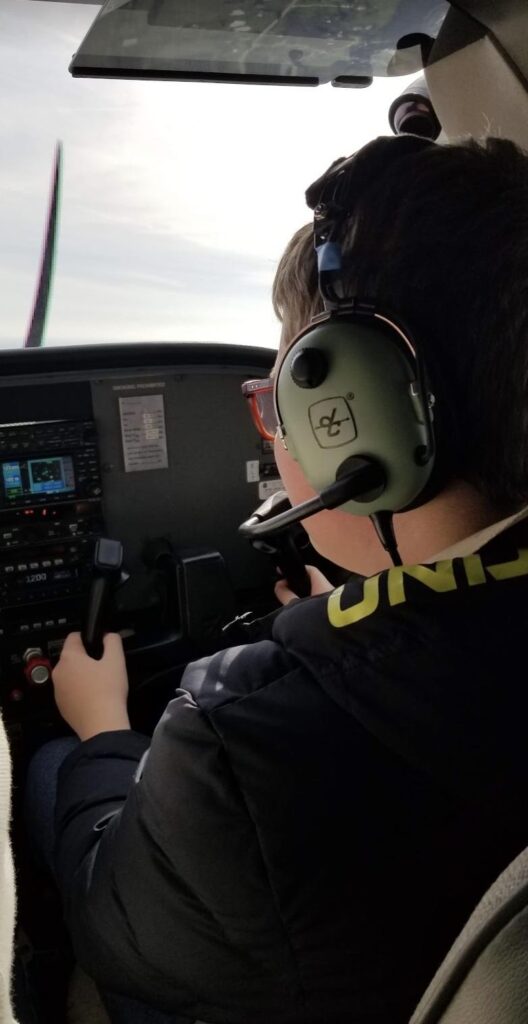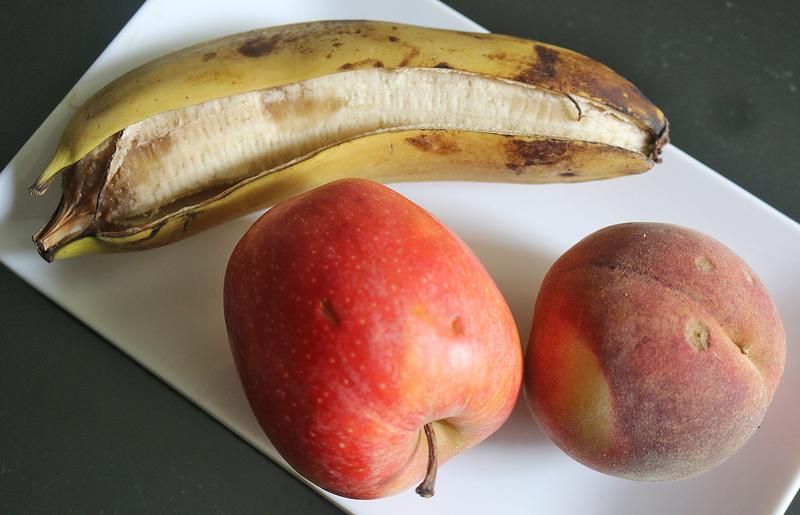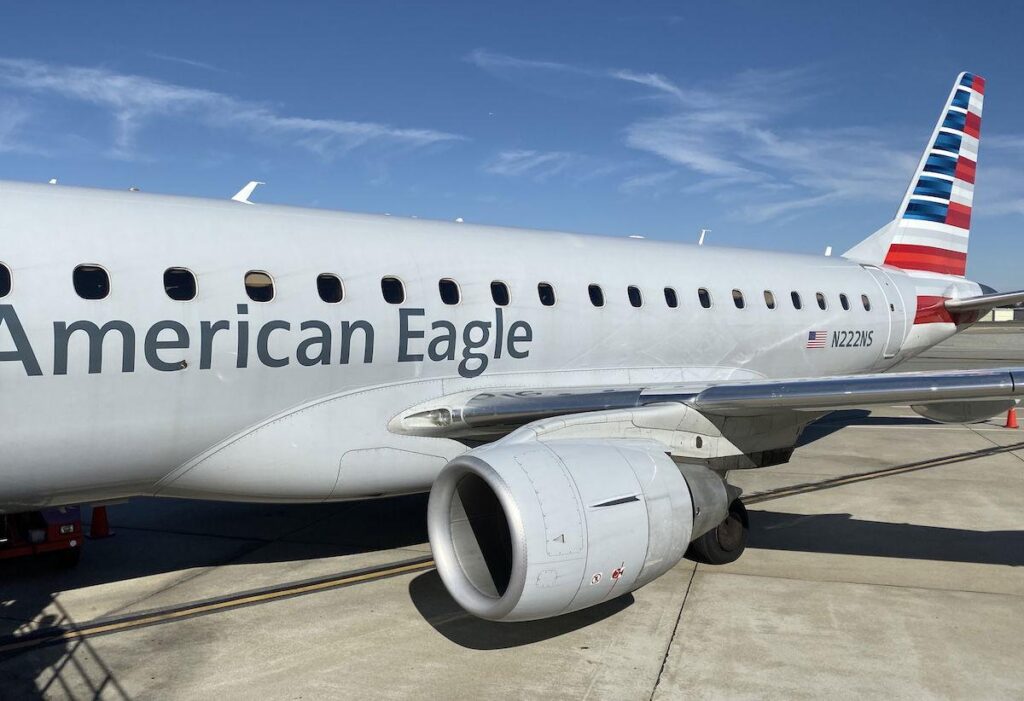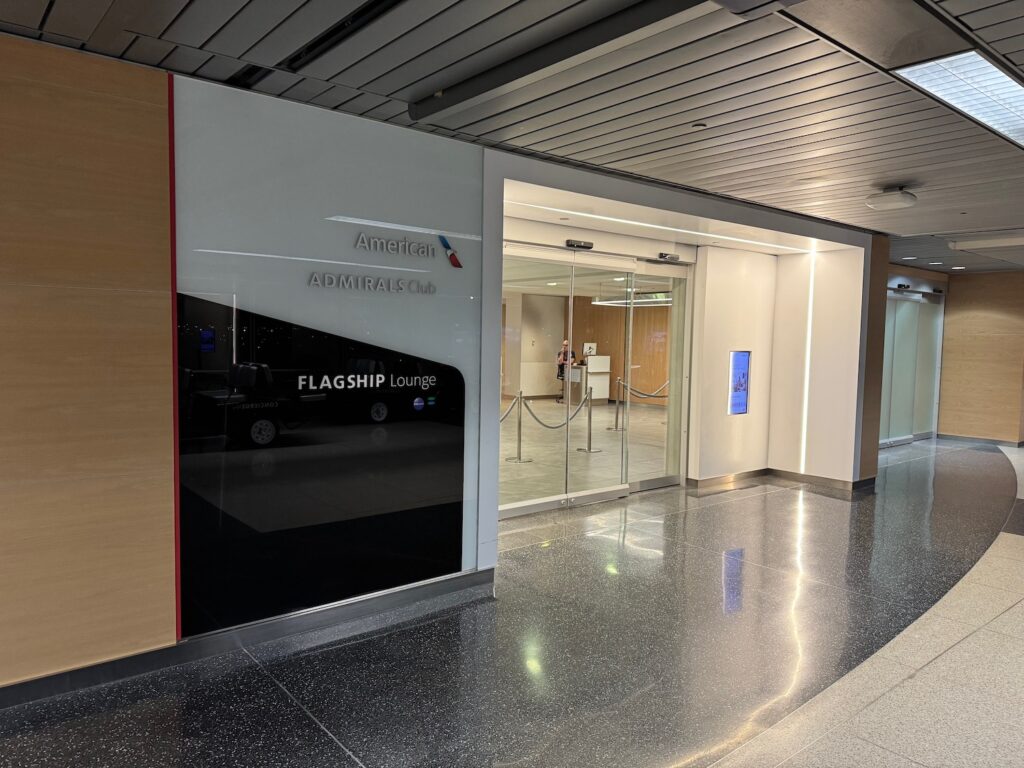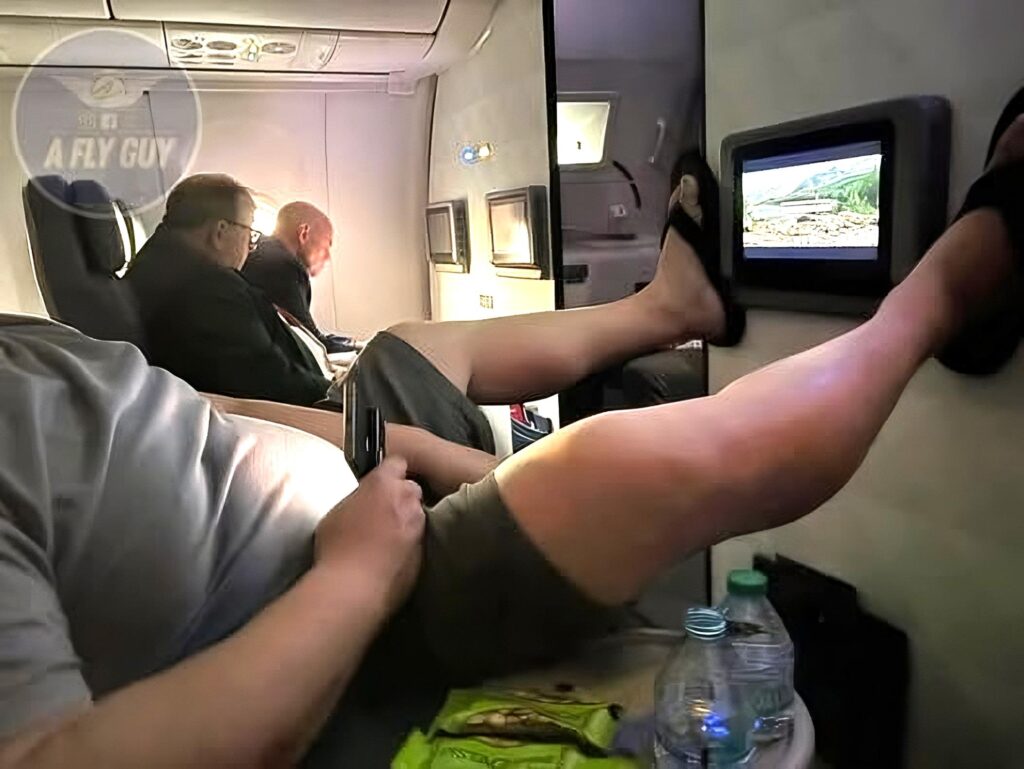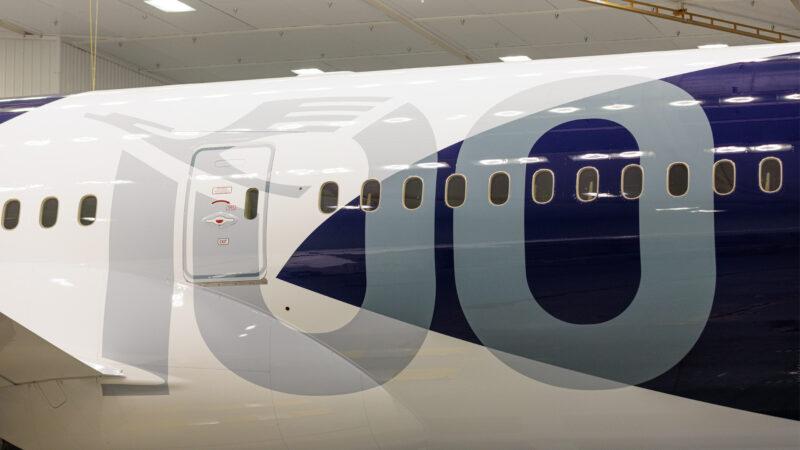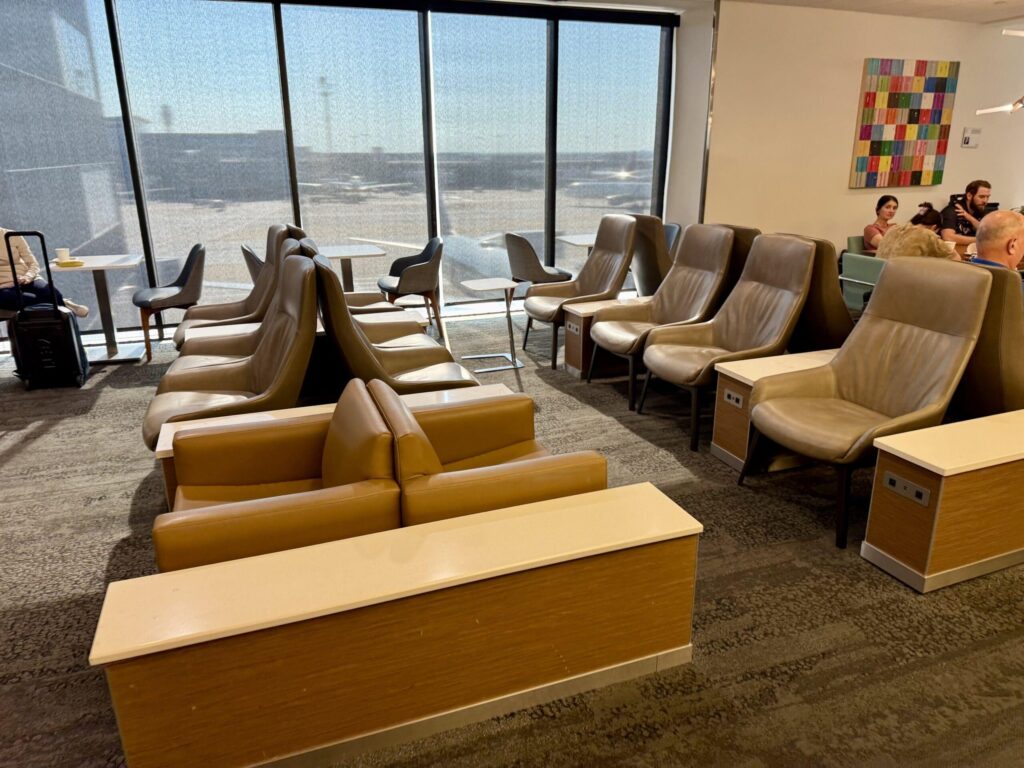
Flight Attendants Say These Things Make Travel More Comfortable
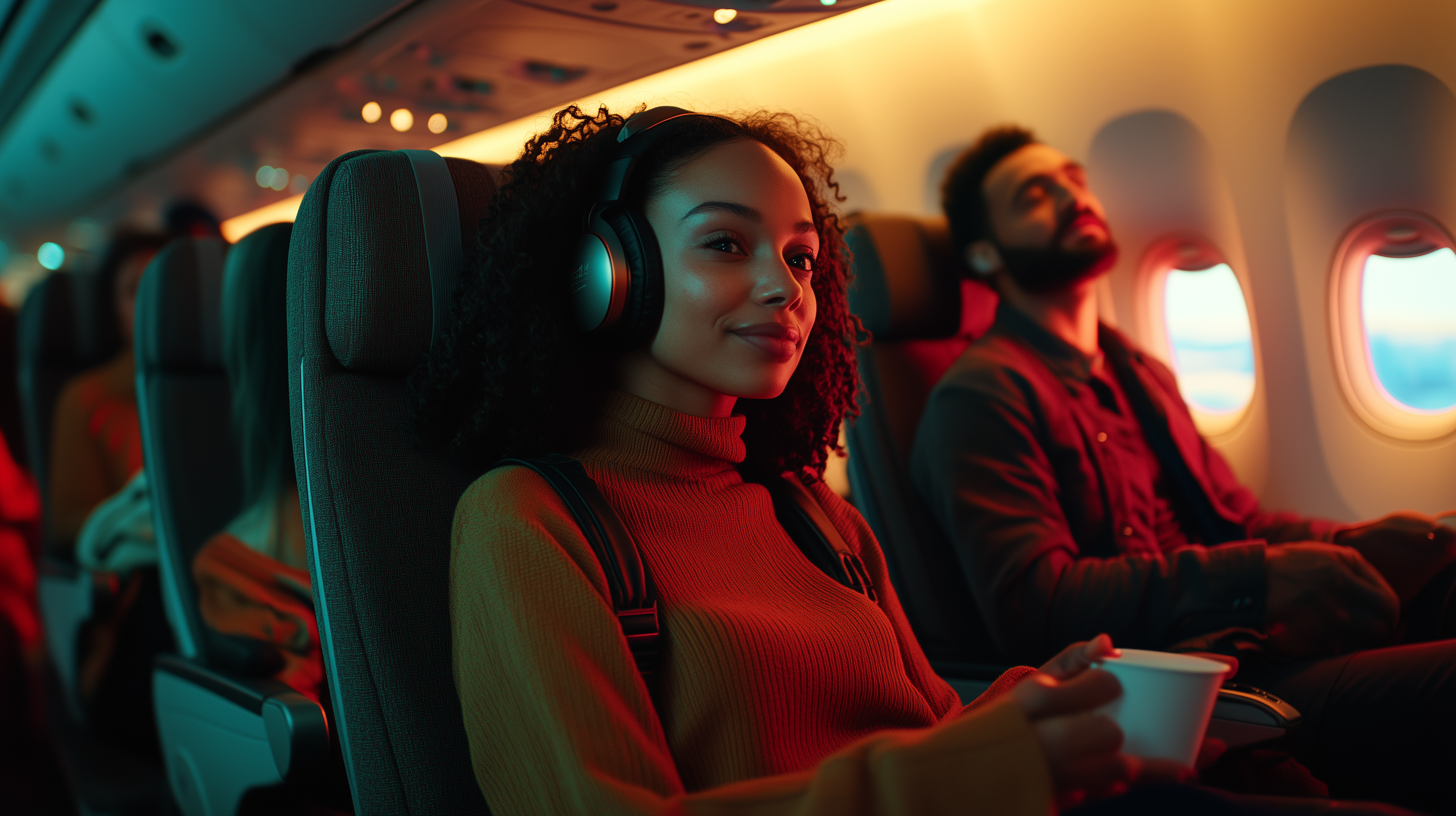
Traveling can be an exhilarating experience, opening doors to new cultures, cuisines, and landscapes. However, the journey itself can sometimes be a test of endurance, especially during long-haul flights or navigating bustling airports. Who better to offer advice on enhancing your travel comfort than flight attendants? With thousands of miles under their belts and firsthand experience of what works and what doesn’t, they’ve shared their top strategies to ensure your journey is as pleasant as your destination.
Pack Smart: Essential Items Recommended by Flight Attendants
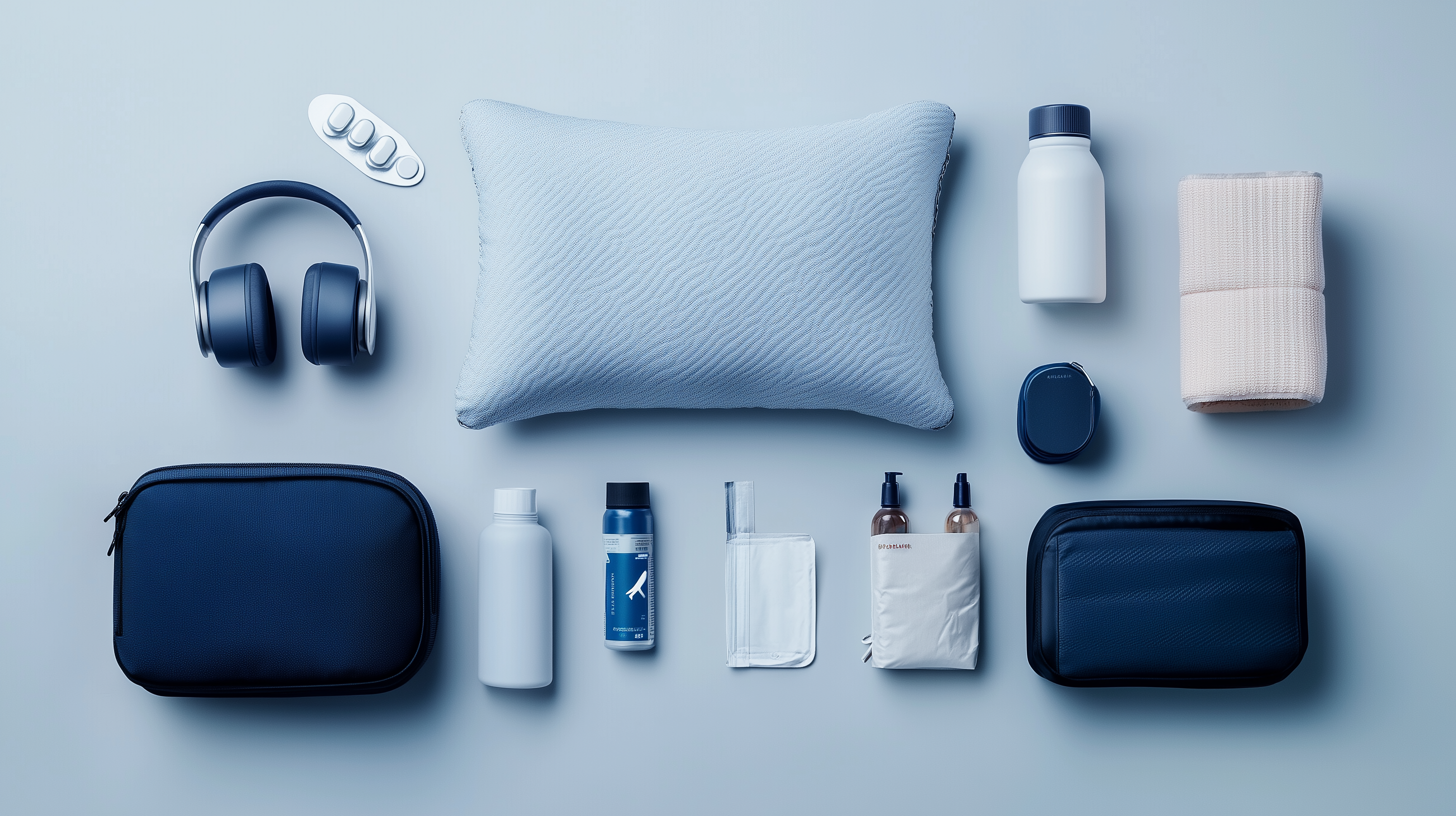
One of the cornerstones of comfortable travel is strategic packing. Flight attendants emphasize the importance of bringing along items that can make a significant difference in-flight. A travel pillow and a lightweight blanket are not just luxuries but essentials for long flights. According to The Sleep Foundation, these items can improve sleep quality while traveling, helping you arrive well-rested.
Noise-canceling headphones are another must-have. The constant hum of the airplane engines and cabin noise can be draining over time. Flight attendants recommend investing in quality headphones to drown out background noise, making it easier to relax, watch movies, or sleep. For guidance on the best options, TechRadar’s list of top noise-canceling headphones is a helpful resource.
Organizing your carry-on is equally important. Utilizing packing cubes or compression bags keeps your belongings tidy and accessible. Flight attendants suggest keeping essential items like a refillable water bottle, medications, and a small toiletry kit within easy reach. This organization not only saves time but also reduces stress during security checks and boarding. For more tips on efficient packing, read our article on efficient-packing-tips.
Additionally, consider the weight and size of your luggage. Overpacking can lead to unnecessary strain and potential fees for overweight bags. Flight attendants advise sticking to the essentials and checking your airline’s baggage policies beforehand. The TSA’s official list of allowed and prohibited items can help you pack appropriately.
Stay Hydrated: The Importance of Water Intake During Flights

Dehydration is a common yet overlooked issue during air travel. The low humidity levels inside the cabin can cause your body to lose more water than usual. Flight attendants cannot stress enough the importance of staying hydrated before, during, and after your flight. Drinking water regularly can prevent headaches, fatigue, and dry skin. According to Harvard Health Publishing, adequate hydration is crucial for maintaining energy levels and overall health.
Bringing a refillable water bottle is a practical way to ensure you have access to water throughout your journey. Many airports now feature water refill stations past security checkpoints, making it convenient to fill up before boarding. Some airlines also offer water upon request, so don’t hesitate to ask the cabin crew. For eco-friendly bottle options, National Geographic’s guide to reusable water bottles provides excellent suggestions.
It’s also wise to limit your intake of diuretics like caffeine and alcohol, which can exacerbate dehydration. Opt for herbal teas or water instead. For more on how to stay healthy during flights, visit our page travel-health-tips.
Moreover, moisturizing your skin can help combat the dryness caused by cabin air. Flight attendants often carry travel-sized moisturizers and lip balms. The American Academy of Dermatology offers tips on protecting your skin while flying.
Choose the Right Seat: Insights from the Cabin Crew
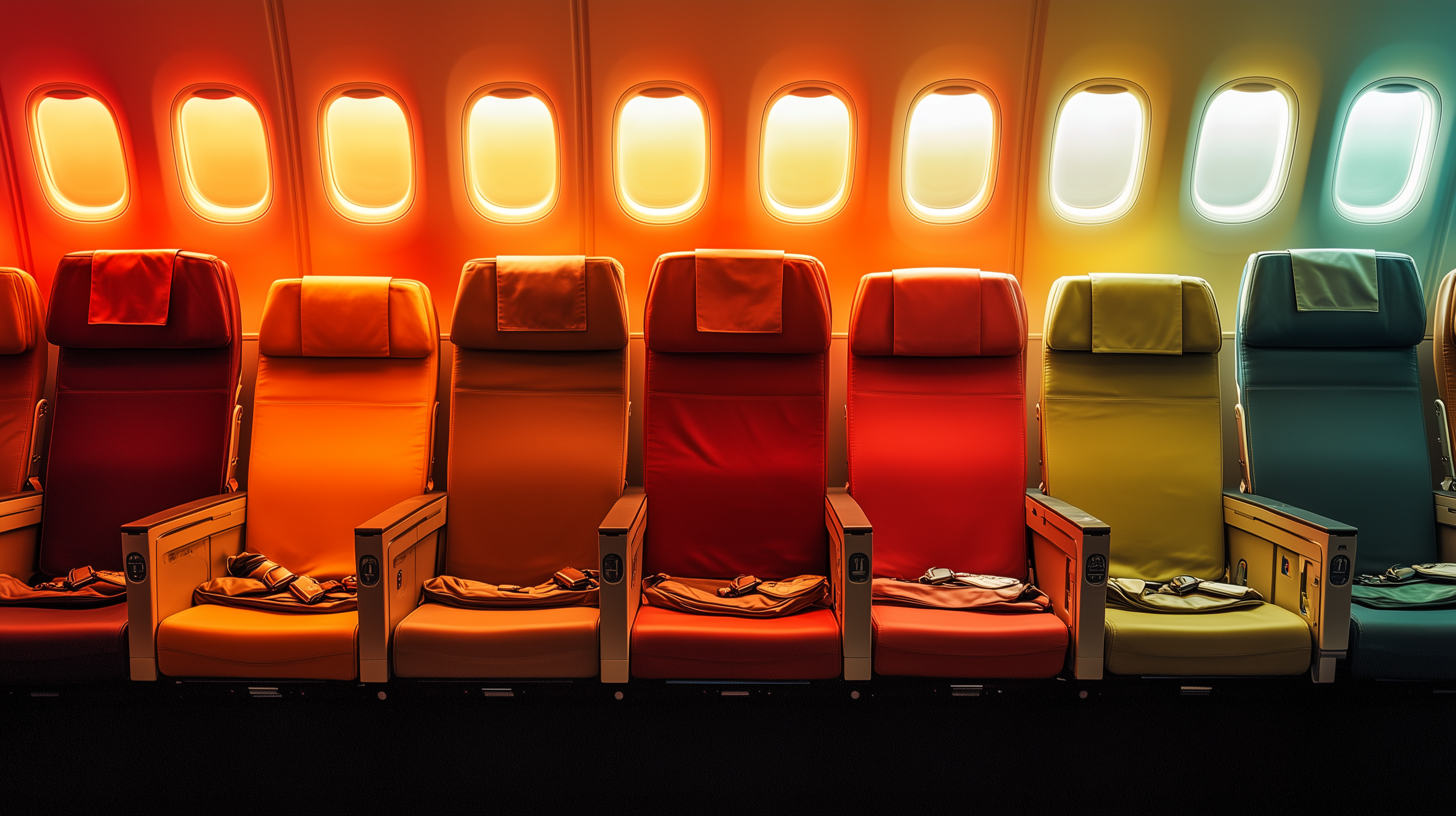
Your seat selection can significantly impact your comfort level during a flight. Flight attendants suggest considering your personal needs when choosing a seat. For instance, if legroom is a priority, exit row or bulkhead seats offer extra space. However, be aware that exit rows come with responsibilities, such as assisting in an emergency. The FAA provides guidelines on exit row seating requirements.
If you’re sensitive to noise or disturbances, seats away from high-traffic areas like galleys and lavatories are preferable. Window seats can offer a wall to lean against for sleep, while aisle seats provide easy access to move around, which is beneficial for stretching and circulation. Tools like SeatGuru allow you to view detailed seat maps and reviews to make an informed decision.
Booking your seat early increases the likelihood of getting your preferred spot. Flight attendants note that checking in online as soon as it’s available can offer more options. Some airlines also allow you to select seats during the booking process, though fees may apply. For strategies on navigating seat selection fees and maximizing comfort, refer to our guide on How to Pick the Best Spot on a Plane.
Additionally, consider the aircraft type and layout. Wide-body planes may offer more amenities and space compared to narrow-body aircraft. Websites like FlightStats can provide information on the aircraft scheduled for your flight.
Dress Comfortably: Attire Tips for a Pleasant Journey
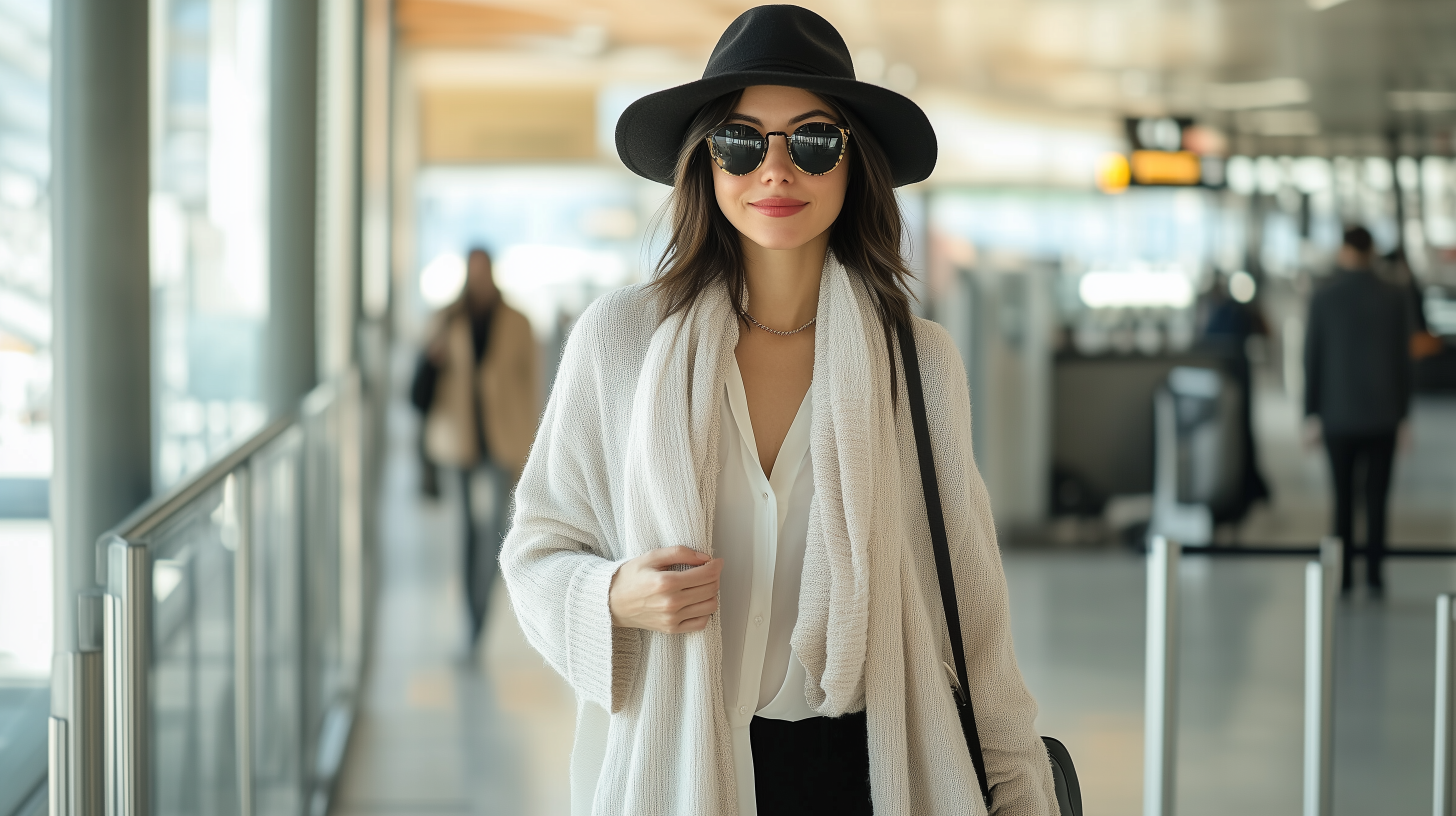
What you wear can significantly affect your travel comfort. Flight attendants recommend dressing in layers to adapt to changing temperatures in the airport and on the plane. Cabin temperatures can fluctuate, and having options like a cardigan or scarf can make a big difference. Materials like cotton and breathable fabrics help regulate body temperature and prevent overheating.
Comfortable footwear is also essential. Slip-on shoes are convenient for security checkpoints and allow your feet to swell naturally during the flight. According to the American College of Foot and Ankle Surgeons, wearing comfortable shoes can prevent foot pain and other issues during travel.
Compression socks are another recommendation from flight attendants, especially for long flights. They improve blood circulation and reduce the risk of deep vein thrombosis (DVT). The CDC provides guidelines on how to reduce DVT risk during travel.
For those who want to maintain style without sacrificing comfort, Vogue’s travel attire suggestions offer inspiration for chic yet practical outfits. More ideas can be found in our recommendations on travel clothing at travel-attire-tips.
Accessorize wisely by bringing items like a hat or sunglasses, which can be useful if you’re traveling to a different time zone and want to adjust to new daylight hours. A watch set to your destination’s time can also help you acclimate more quickly.
Mind Your Diet: Eating Habits for Better Travel
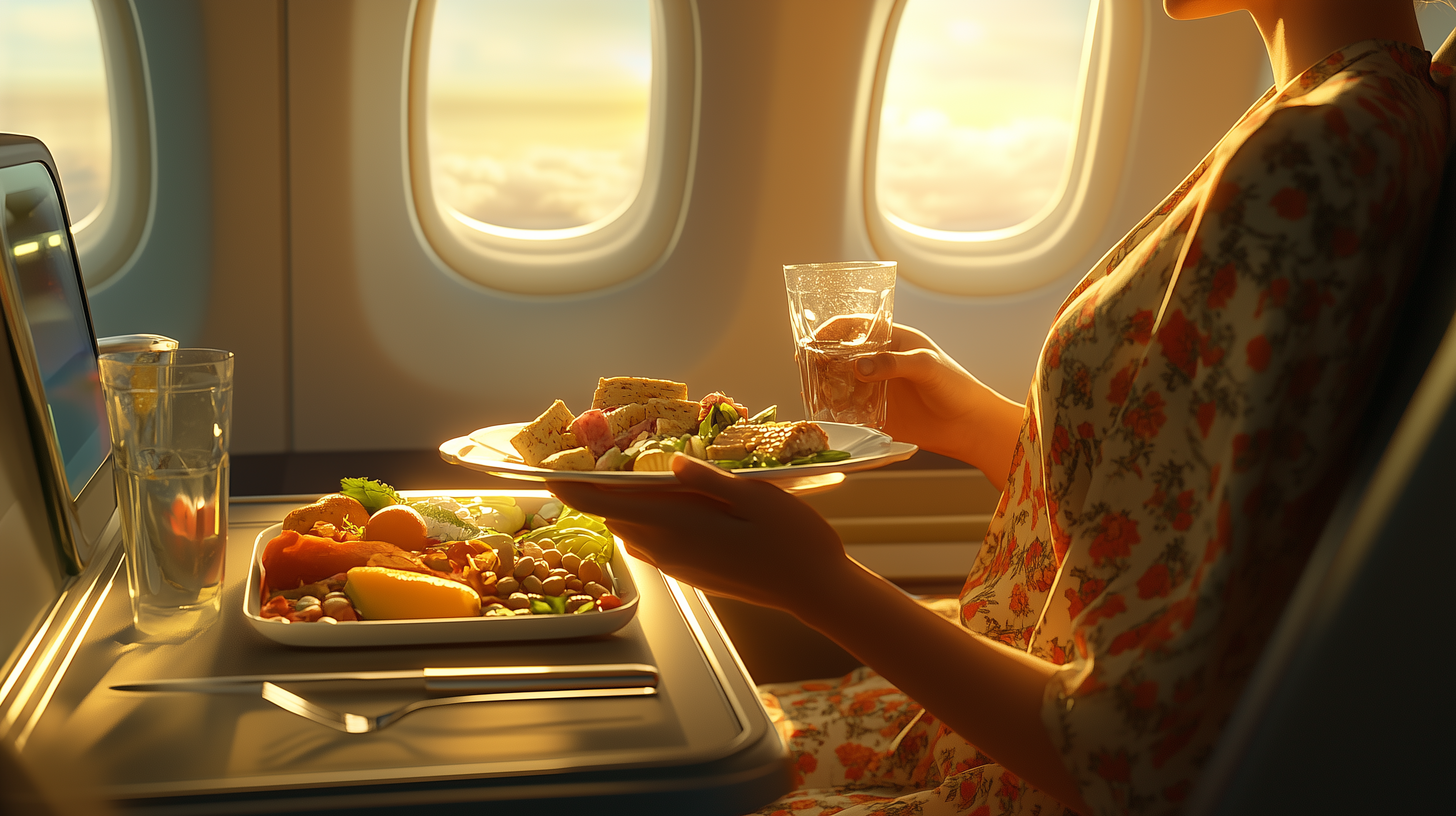
Your dietary choices before and during your flight can have a significant impact on how you feel. Flight attendants advise opting for light, easily digestible meals. Heavy or greasy foods can lead to discomfort, bloating, or indigestion, especially at high altitudes. Foods rich in fiber, such as fruits and vegetables, are preferable. Mayo Clinic’s list of high-fiber foods can help you make better choices.
Bringing your own snacks ensures you have healthy options readily available. Nuts, dried fruits, and whole-grain crackers are nutritious and travel-friendly. Be mindful of any customs regulations if you’re flying internationally. The U.S. Customs and Border Protection website provides information on what food items are allowed.
Hydration plays a role in digestion as well. Drinking water aids in nutrient absorption and can help prevent constipation, a common issue during travel. For more tips on maintaining a healthy diet while traveling, EatingWell’s guide offers practical advice.
We also share our favorite healthy travel snacks and meals at healthy-travel-snacks, providing recipes and tips for preparing your own food.
Stay Active: Movement Tips from Flight Attendants
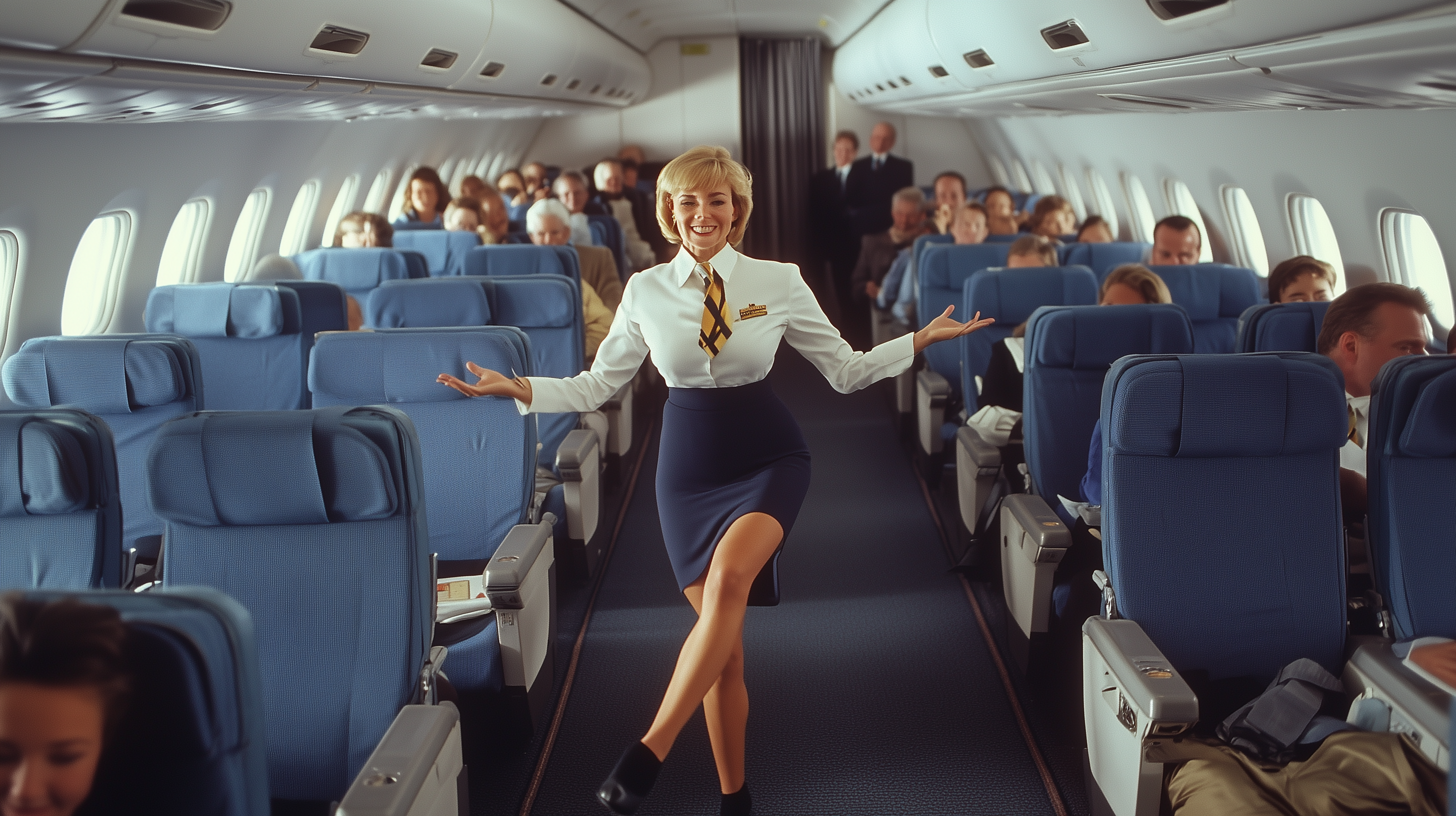
Sitting for extended periods can lead to stiffness and poor circulation. Flight attendants recommend incorporating movement into your travel routine. Simple in-seat exercises like ankle rolls, leg lifts, and shoulder shrugs can promote blood flow. The International Air Transport Association (IATA) provides a list of exercises suitable for flights.
Whenever it’s safe to do so, take short walks up and down the aisle. This is especially important on flights longer than four hours, where the risk of circulatory issues increases. Wearing loose clothing and comfortable shoes facilitates easier movement.
At the airport, consider walking to your gate instead of taking the shuttle or moving walkway. Not only does this help you stay active, but it also reduces the time spent sitting before your flight. For more on staying active during travel, visit our page at travel-fitness-tips.
Upon arrival, stretching or doing light exercises can help your body adjust to the new environment. Resources like Yoga Journal’s travel yoga routines offer accessible options for travelers.
Manage Jet Lag: Strategies for Adjusting to New Time Zones
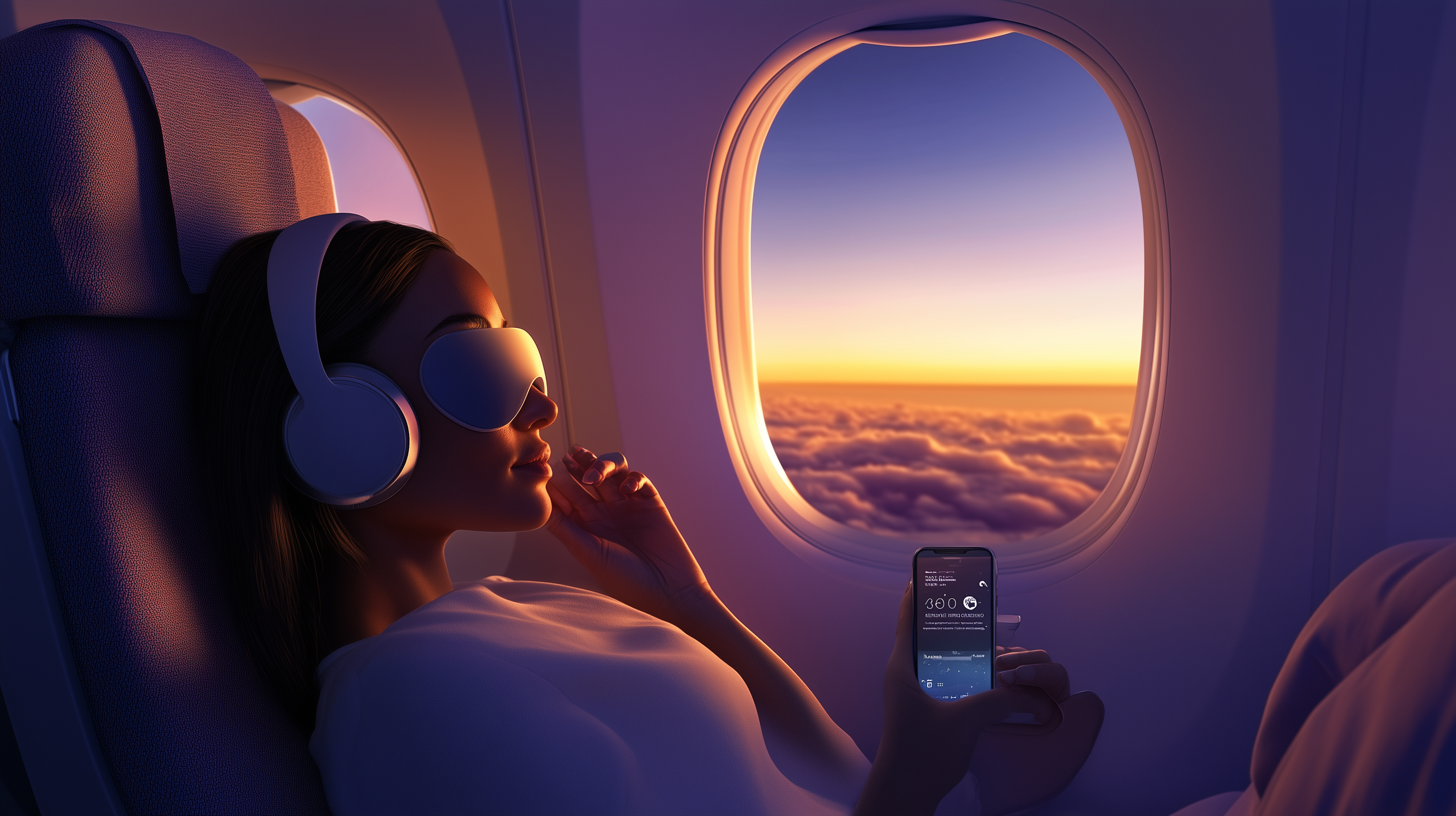
Jet lag can significantly affect your comfort and enjoyment during a trip. Flight attendants suggest adjusting your sleep schedule a few days before departure to align more closely with your destination’s time zone. Exposure to natural light upon arrival can also help reset your internal clock. According to The Sleep Foundation, managing light exposure is one of the most effective ways to combat jet lag.
Staying hydrated and avoiding heavy meals can also ease the symptoms of jet lag. Some travelers find melatonin supplements helpful, but it’s advisable to consult a healthcare professional before use. For comprehensive strategies on overcoming jet lag, refer to our article at jet-lag-management.
Additionally, limiting naps upon arrival and trying to stay awake until a reasonable local bedtime can expedite your adjustment. Apps like Timeshifter offer personalized jet lag plans based on your itinerary.
Personalize Your Entertainment: Tips for an Enjoyable Flight
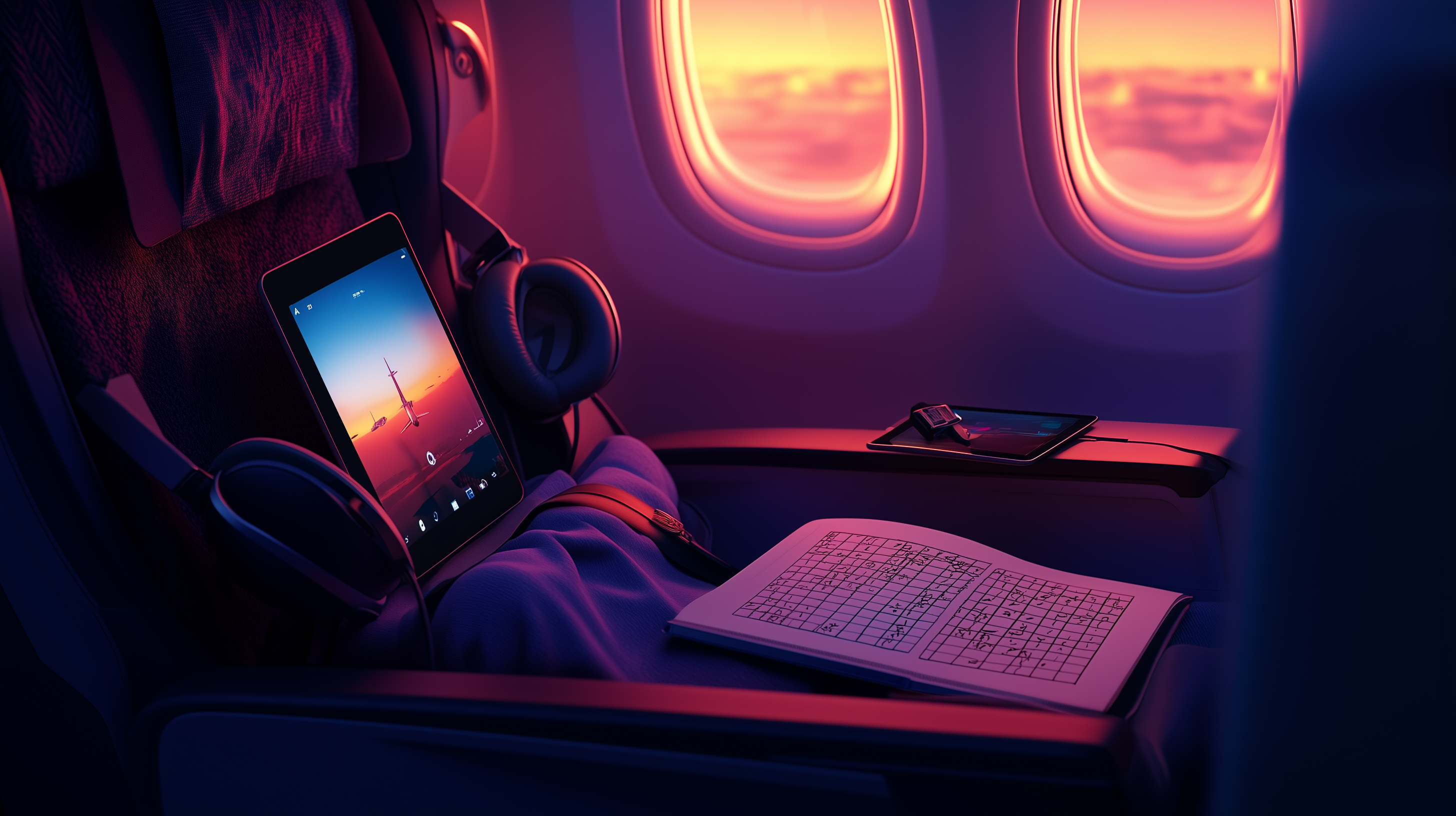
In-flight entertainment can vary greatly between airlines and aircraft. Flight attendants recommend downloading movies, music, or podcasts to your personal devices before your flight. This ensures you have content you enjoy, regardless of the in-flight offerings. Streaming platforms like Netflix and Spotify allow offline access to content, which can be a lifesaver during long flights.
Bringing a good book or an e-reader loaded with your favorite titles is another excellent way to pass the time. For those who prefer interactive entertainment, puzzles, crosswords, or mobile games can be both fun and stimulating.
Don’t forget to pack a portable charger or an extra battery pack, as not all aircraft have accessible charging ports. For recommendations on reliable portable chargers, check out PCMag’s top picks.
We share more ideas on staying entertained during flights at in-flight-entertainment-tips, including apps and resources you might find useful.
Practice Good Hygiene: Staying Healthy While Traveling
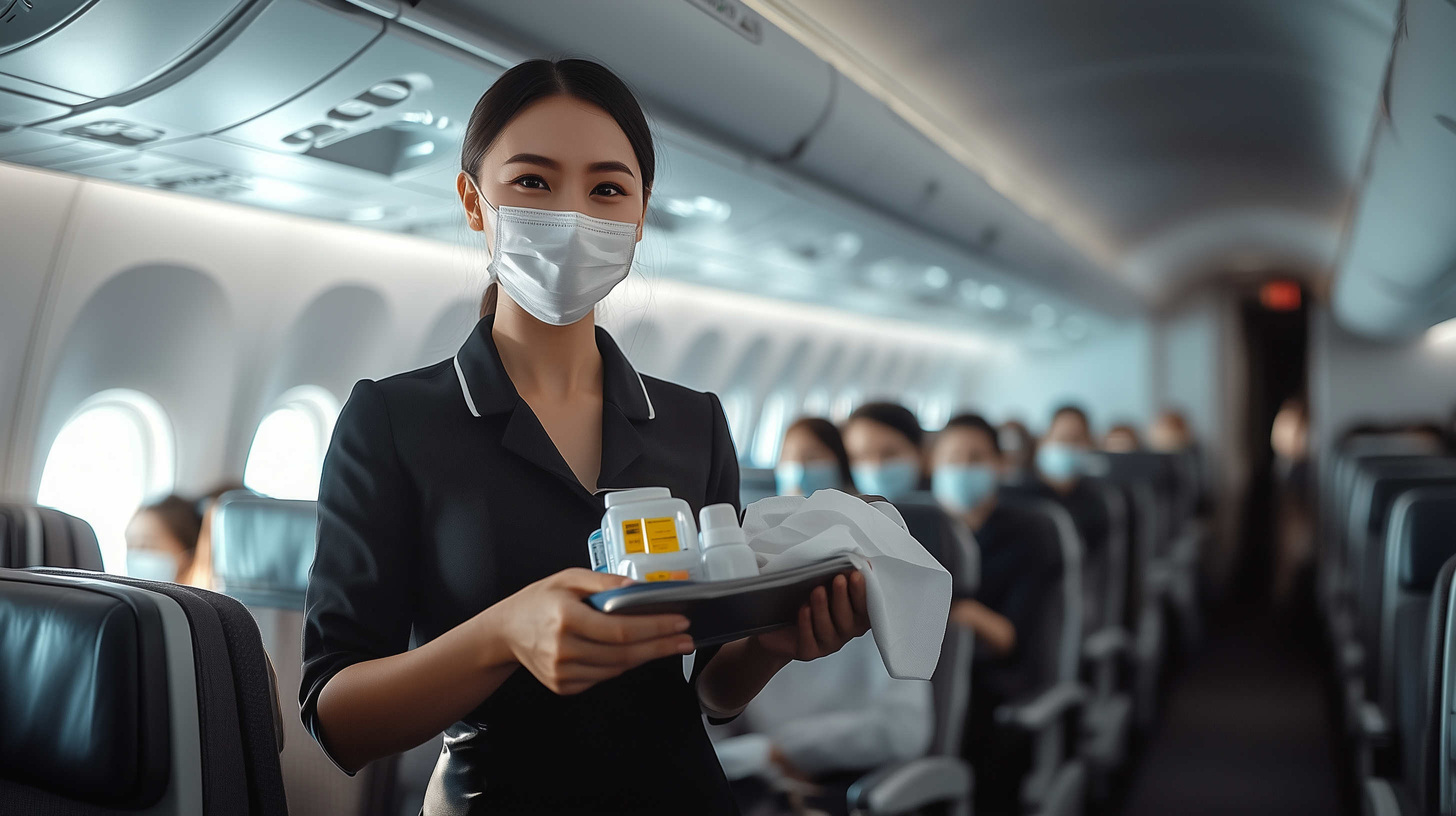
Maintaining hygiene is crucial, especially in crowded spaces like airports and airplanes. Flight attendants advise carrying a small kit with hand sanitizer, disinfectant wipes, and tissues. Wiping down your seat area, including the tray table, armrests, and seat belt buckle, can reduce exposure to germs. The CDC’s guidelines on hygiene offer additional tips for those who enjoy cruises.
Wearing a mask, particularly in areas where social distancing is challenging, can provide extra protection. Flight attendants also recommend washing your hands regularly and avoiding touching your face. For more on travel hygiene practices, visit our page at travel-hygiene-tips.
Staying healthy during travel not only keeps you comfortable but also protects fellow passengers. For immune-boosting tips, WebMD’s guide offers practical advice.
Conclusion
Implementing these expert tips from flight attendants can transform your travel experience from a tiring ordeal into a comfortable journey. By packing smart, staying hydrated, choosing the right seat, dressing appropriately, minding your diet, staying active, managing jet lag, personalizing your entertainment, and practicing good hygiene, you’re well on your way to a more enjoyable trip.
Preparation is the key to a smooth and pleasant journey. For more travel advice, insights, and resources, visit our homepage at BoardingArea. We wish you safe and comfortable travels!

